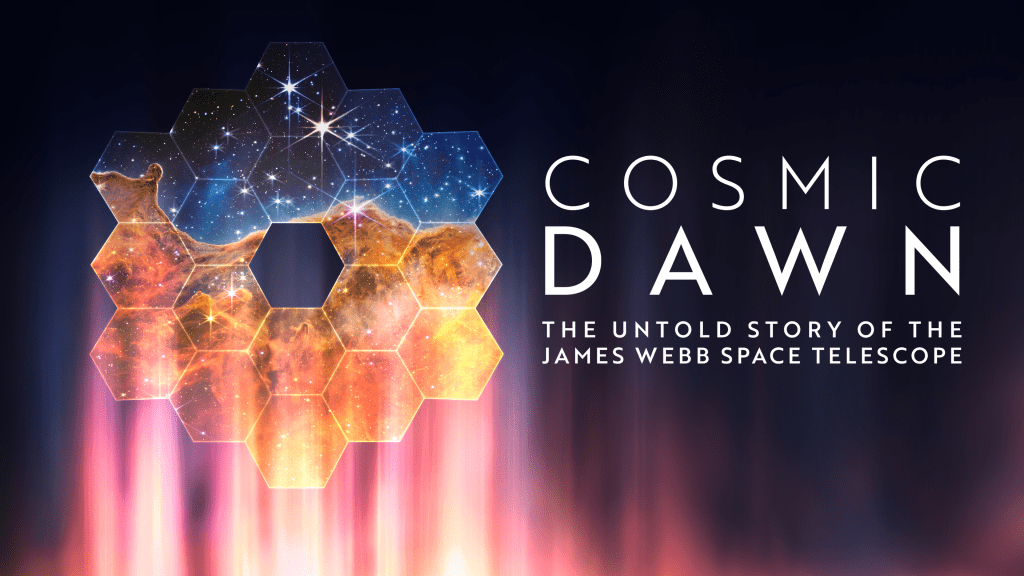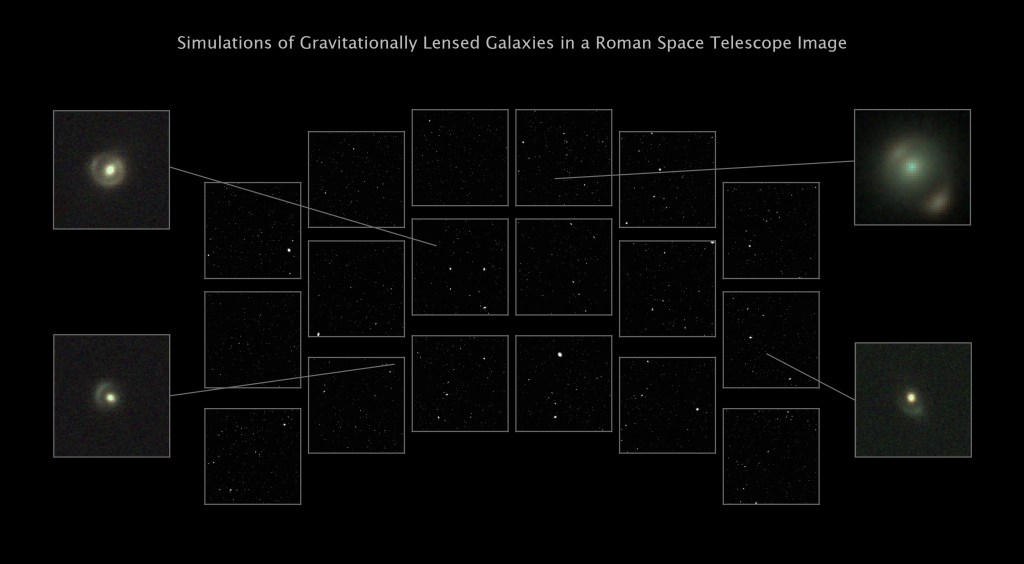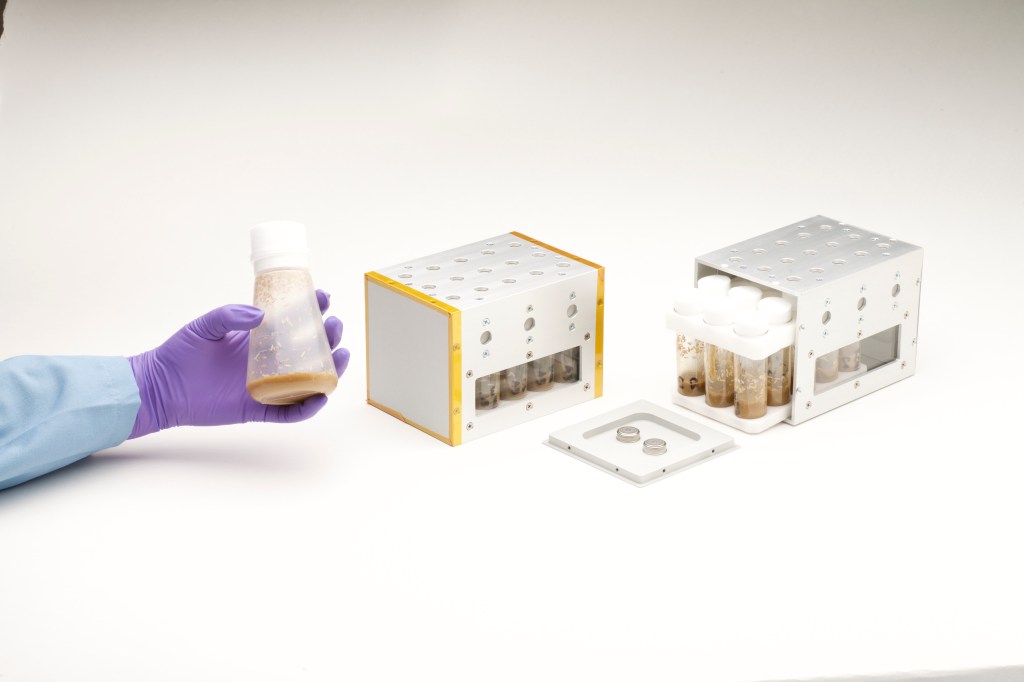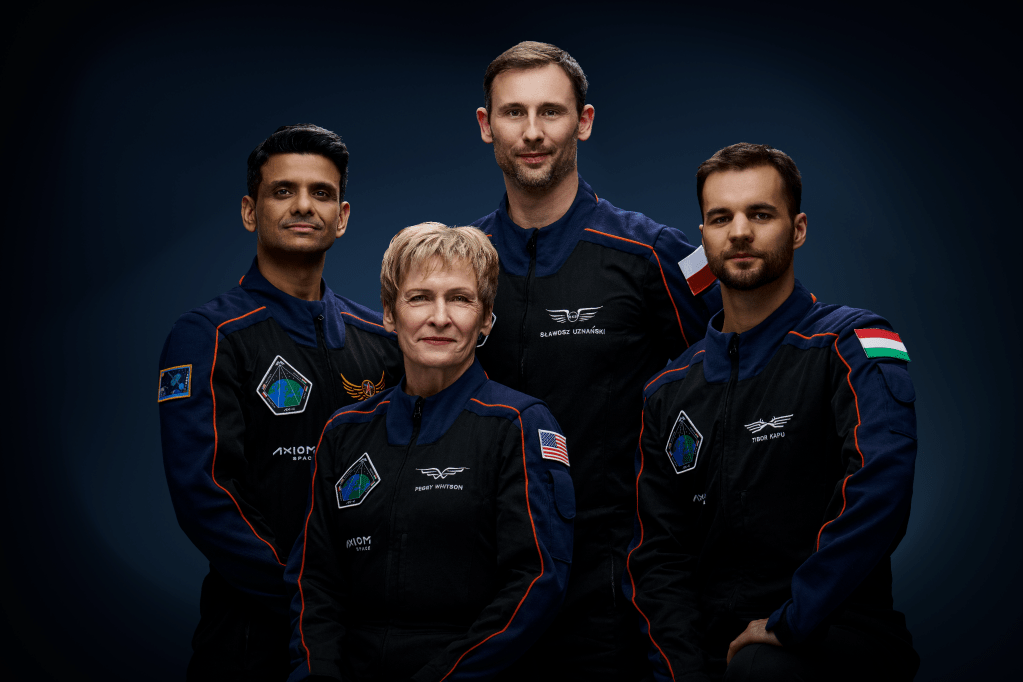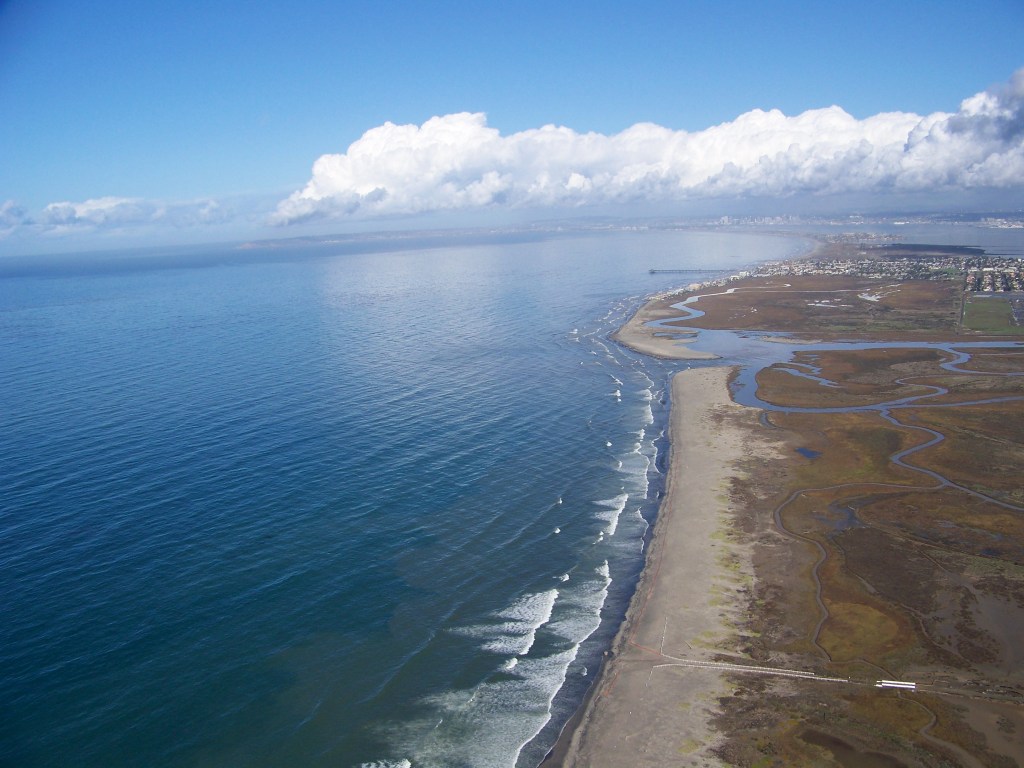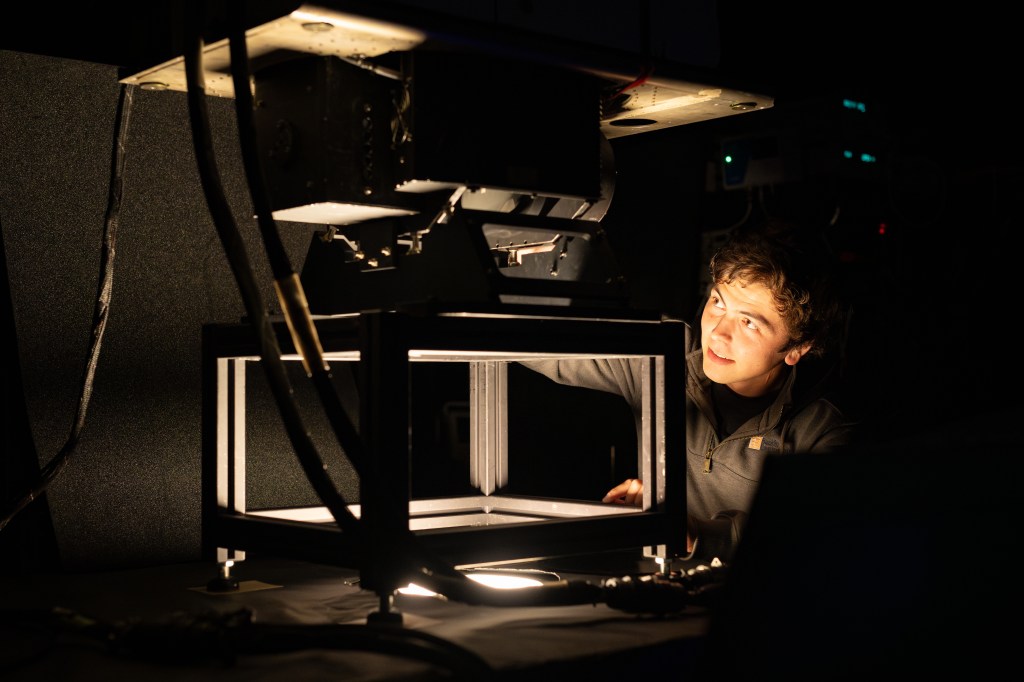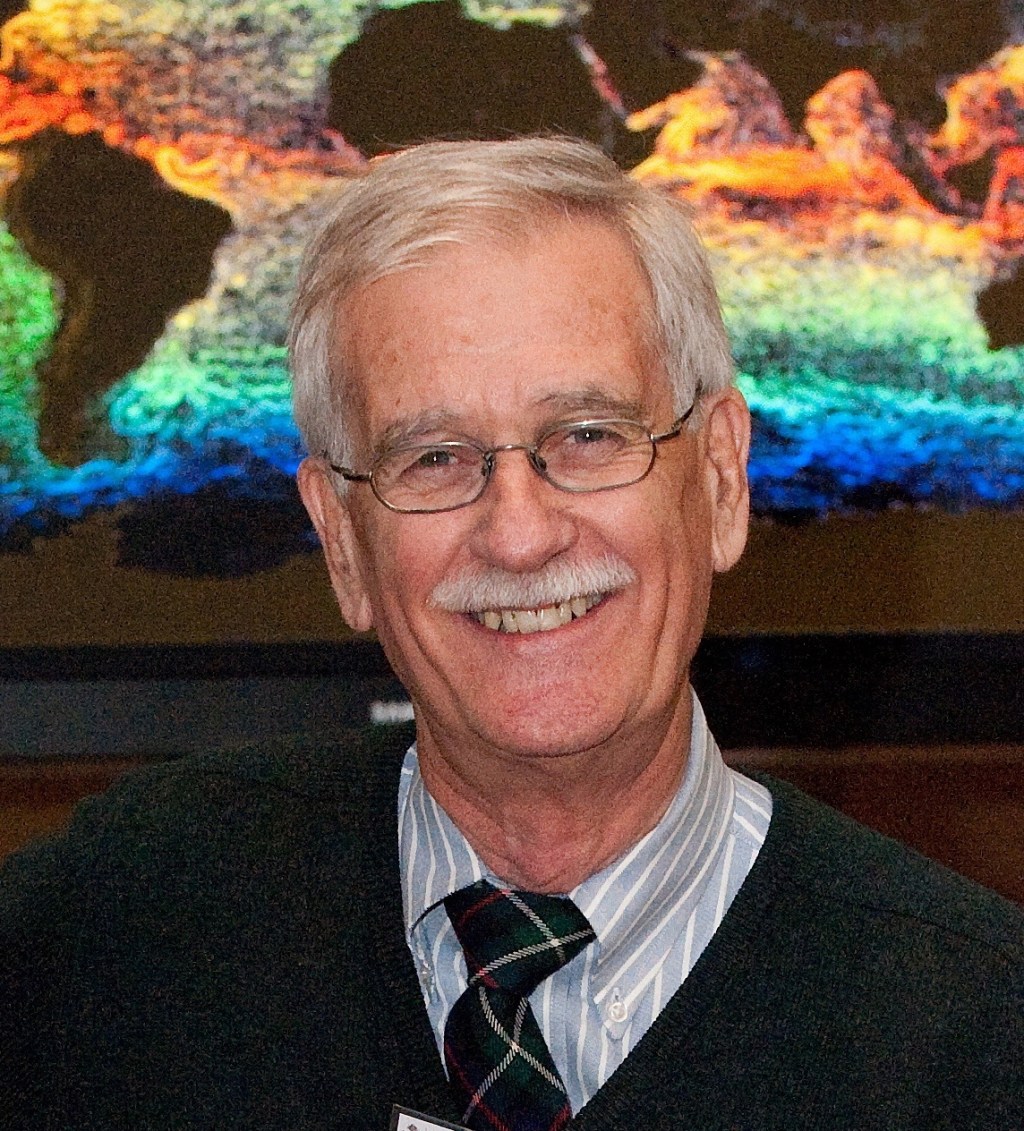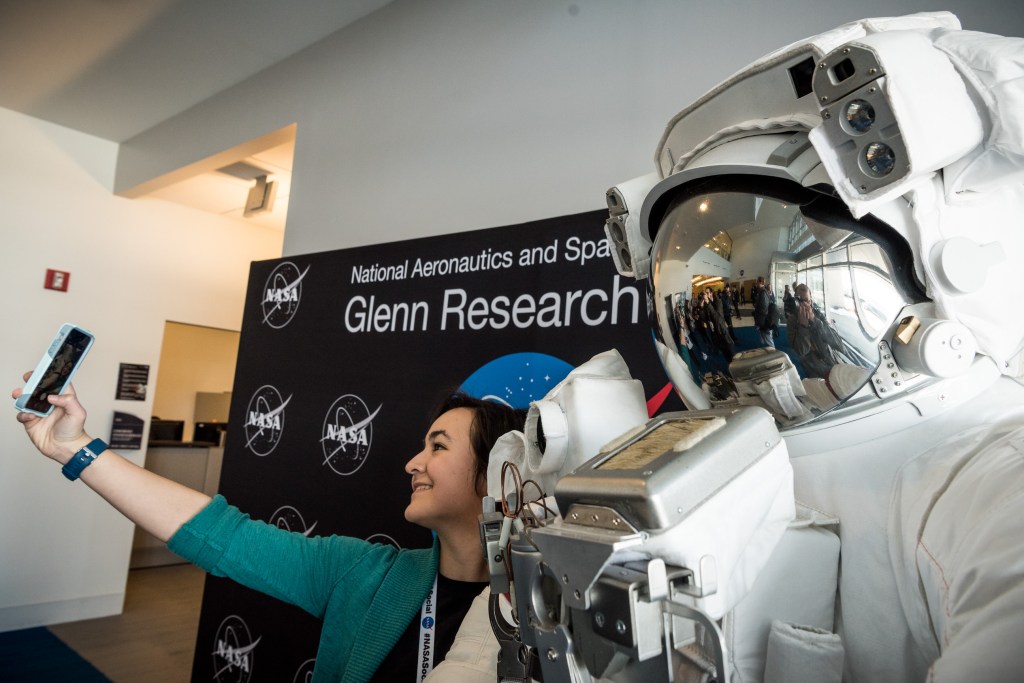ROSES-23 Blog
High above Earth’s poles, intense electrical currents called electrojets flow through the upper atmosphere when auroras glow in the sky. These auroral electrojets push about a million amps of electrical charge around the poles every second. They can create some…
Auroras, often called the northern lights (aurora borealis) or southern lights (aurora australis), are colorful, dynamic, and often visually delicate displays of an intricate dance of particles and magnetism between the Sun and Earth called “space weather.” When energetic particles…
Discover the wonders of the night sky! Learn how Earth's atmosphere transforms after dark, setting the stage for breathtaking phenomena like auroras, meteors, solar terminator waves, and sprites.
UPDATE Feb. 11, 2025: The second rocket of the GIRAFF mission launched on Saturday, Feb. 8, at 11:35 p.m. Alaska Standard Time, through pulsating aurora over Venetie, Alaska. The principal investigator reported that all of the instruments looked healthy. The Black…
For decades, scientists have tried in vain to accurately predict solar flares — intense bursts of light on the Sun that can send a flurry of charged particles into the solar system. Now, using NASA’s Solar Dynamics Observatory, one team…
Firefly's Blue Ghost 3 lander will deliver six NASA science payloads to the Gruithuisen Domes.
NASA's DAVINCI probe will be first in the 21st century to brave Venus’ atmosphere as it descends from above the planet down to its surface.
Scientists find that cometary dust affects interpretation of spacecraft measurements, reopening the case for comets like 67P as potential sources of water for early Earth. Researchers have found that water on Comet 67P/Churyumov–Gerasimenko has a similar molecular signature to the…

